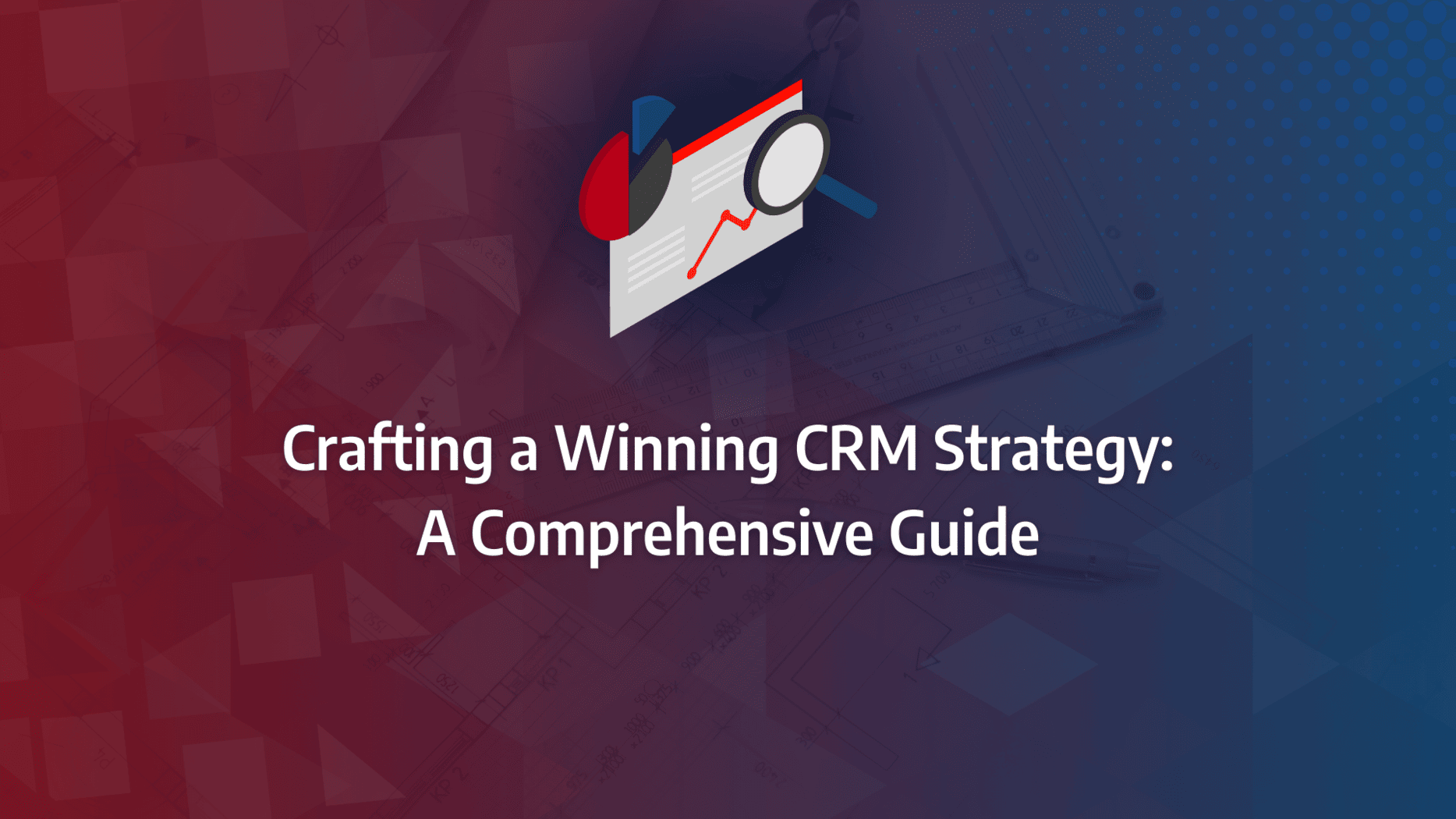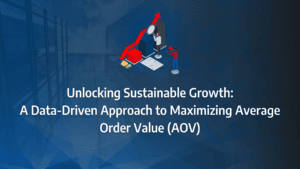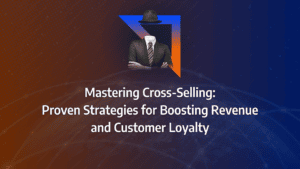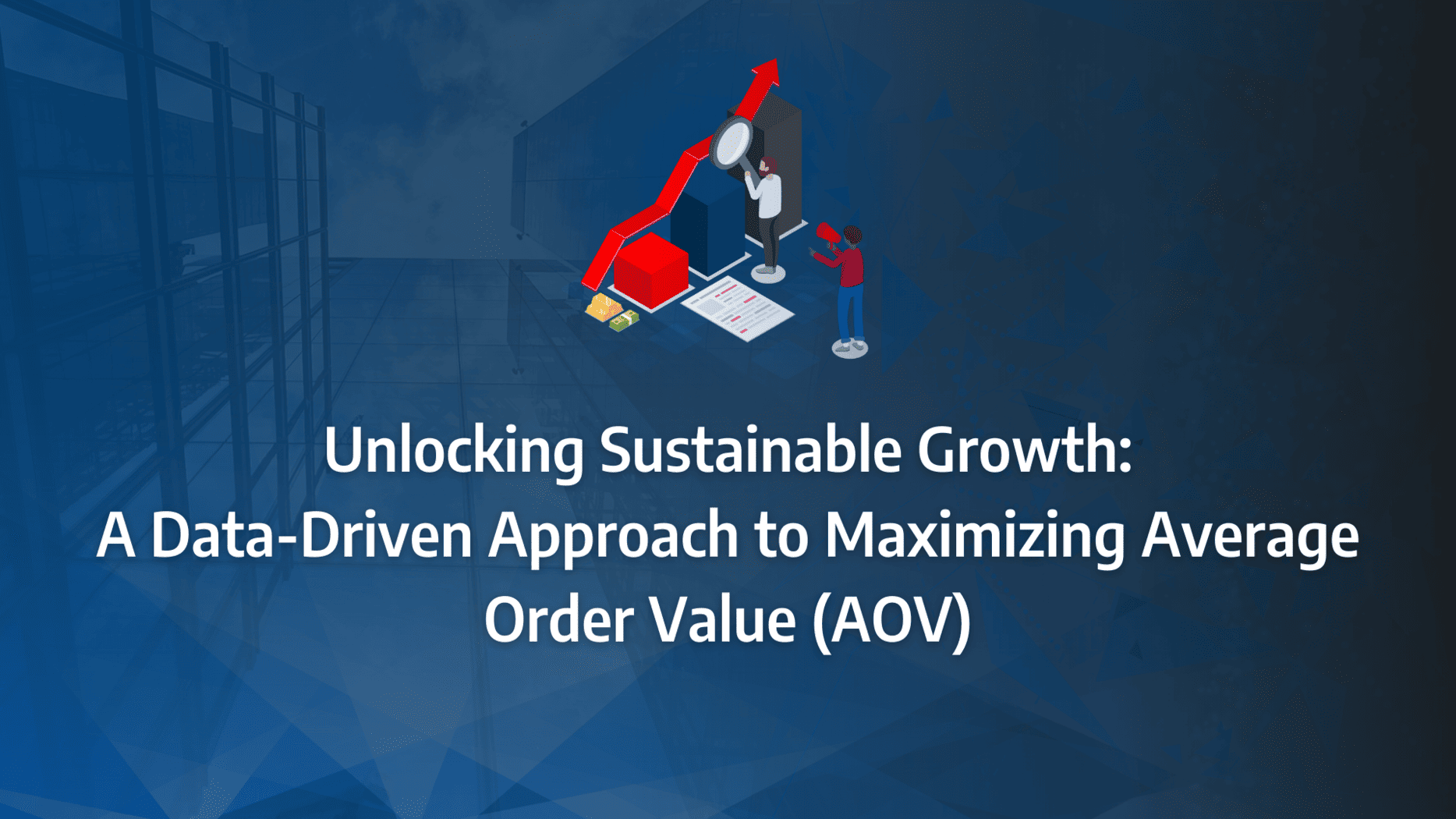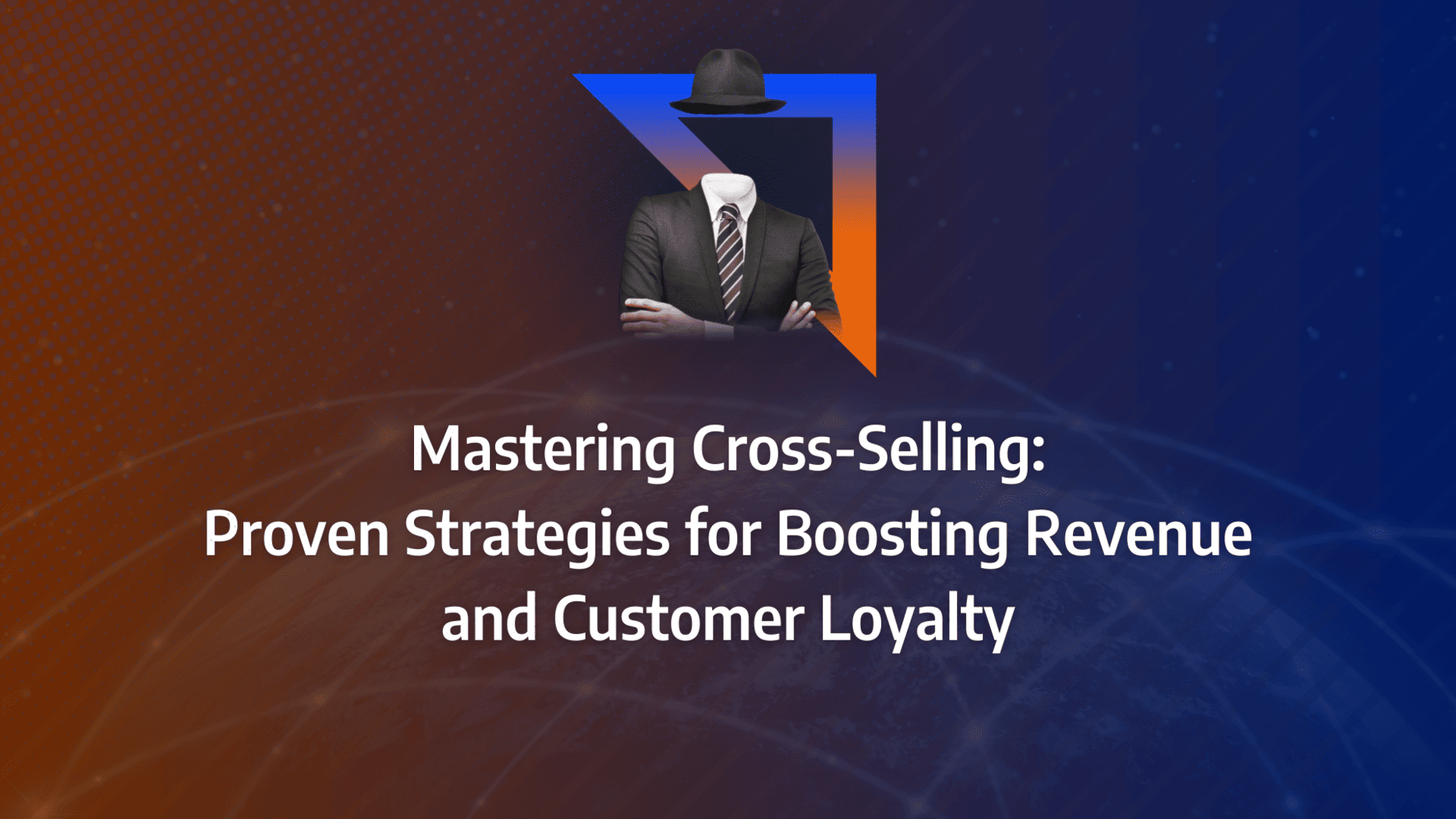Understanding and nurturing customer relationships is not just important—it’s essential. Yet, many businesses struggle with the complexity of implementing an effective CRM strategy that aligns with their broader business goals. Without a clear, step-by-step approach, the risk of misalignment, inefficiencies, and missed opportunities looms large.
That’s where this comprehensive guide comes in. We’ll walk you through every stage of developing and implementing a CRM strategy that not only meets your current needs but also adapts to future challenges. From choosing the right tools to integrating CRM with your existing processes, we’ve got you covered.
- Begin by thoroughly understanding your customers’ needs and defining clear CRM goals that align with your business objectives.
- Implement your CRM strategy with a step-by-step approach, ensuring each stage, from data gathering to continuous improvement, is meticulously planned.
- Choose CRM tools that best fit your business needs and integrate seamlessly with your existing systems for enhanced efficiency.
- Address common challenges head-on by adopting the solutions provided to ensure your CRM strategy remains effective and adaptable.
- Monitor key metrics such as customer retention and satisfaction to assess the ongoing success of your CRM initiatives.
- Ensure your CRM strategy is integrated with broader marketing initiatives to create a cohesive customer experience across all touchpoints.
What is a CRM Strategy?
Customer Relationship Management (CRM) refers to a company-wide approach designed to grow revenue and profit, reduce costs, and enhance customer relationships by putting them first. A robust CRM strategy integrates CRM technology with other marketing strategies and customer support models to achieve these goals.
What Matters Most?
CRM strategy must always align closely with broader customer experience goals. Clients often discover that when CRM acts as the backbone of personalised, data-driven interactions, it becomes a key enabler of customer satisfaction and retention. We find that CRM strategies typically work best when they foster cross-departmental collaboration by breaking down data silos.Get In Touch
What Will a CRM Strategy Do for Your Business?
Research indicates that while the adoption of CRM systems is on the rise, their success in driving business growth is less certain, with failure rates estimated to be as high as 90%. Implementing an effective CRM strategy, however, can help businesses overcome these challenges.
CRM tools are invaluable for organising data into a user-friendly interface, enabling businesses to recognise and communicate with customers on a scalable level. Key functions of CRM systems include:
- Logging representative touchpoints with prospects via email, phone calls, in-person meetings, and voicemail interactions.
- Tracking deal stages to enhance sales processes.
- Boosting agent productivity by providing necessary resources.
- Finding and securing new customers to grow the business.
Today’s CRM tools extend beyond mere contact management; they are integral to managing customer service relationships throughout the entire customer lifecycle. This includes interactions spanning marketing, sales, customer service, and digital commerce, making them crucial for businesses aiming to increase their profits through enhanced customer interactions and streamlined operations.
Creating Your Own CRM Strategy
Developing a CRM strategy tailored to your business involves several critical steps:
- Defining Your CRM Strategy Vision and Goals: Align your CRM strategy with your overall business goals. For example, increasing customer satisfaction, enhancing productivity, and reducing customer churn are common objectives.
- Identifying Your Target Customer: Develop detailed buyer personas to understand who your customers are, what they need, and how they behave.
- Mapping the Customer Journey: Document every step of the customer journey to identify areas for improvement and ensure a seamless customer experience.
How Different Businesses Can Benefit from CRM
Initially seen as a sales and marketing tool, CRM has evolved to support various business functions, including customer support, supply chain, human resources, and partner management. Here’s how different functions benefit:
- Sales Managers: Gain insights into the sales pipeline, monitor team performance, and access reliable data to achieve sales targets.
- Sales Representatives: Reduce administrative tasks, deepen customer understanding, and focus more on selling.
- Marketing Personnel: Obtain visibility over leads and opportunities, map the entire customer journey, and enhance forecasting accuracy.
- Customer Support: Manage multi-channel communications to ensure no customer queries are lost, improving case resolution and customer satisfaction.
- Supply Chain and Procurement: Track meetings, add notes, record requests, and manage supplier efficiency through detailed reporting.
- Human Resources: Streamline the onboarding process, automate candidate management, analyse resourcing needs, and support workforce retention targets.
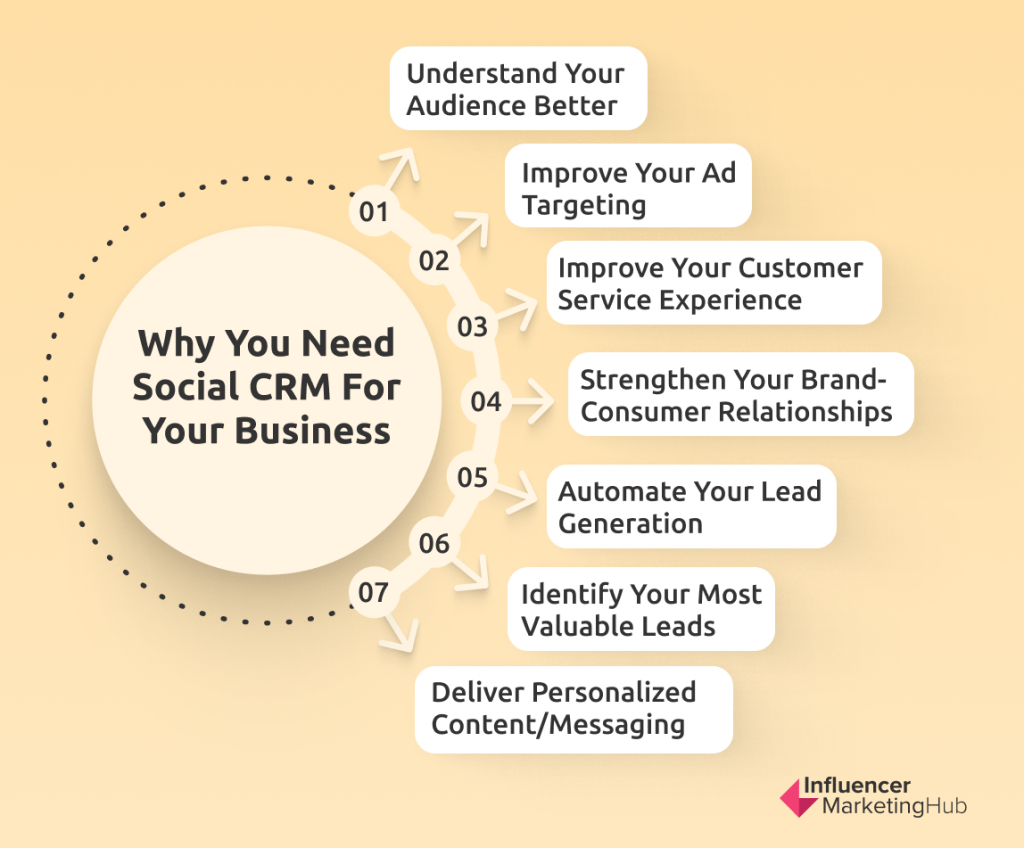
Enhancing Your CRM Strategy Implementation
To ensure the successful implementation of your CRM strategy, consider these additional steps:
- Invest in CRM Software: Choose software that meets your business needs, integrates with existing tools, and is user-friendly. For instance, Sendinblue’s CRM offers robust marketing integrations and easy-to-use features.
- Set Key Performance Indicators (KPIs): Establish clear, measurable objectives for your CRM strategy. Use SMART goals to guide your team’s efforts and monitor progress effectively.
How to Create a CRM Strategy from Scratch
Step 1: Define Your CRM Strategy Vision and Goals
Before embarking on your CRM strategy, it’s crucial to revisit your overarching business strategy and high-level business goals. Establish a clear vision of what you aim to achieve with your CRM strategy. This ensures a defined purpose from the outset.
Consider how your CRM strategy can enhance customer satisfaction, improve productivity, boost efficiency, and reduce customer churn rates. Remember, a CRM strategy exists to support and drive business goals, so it must be integrated into the overall business strategy for optimal impact.
Step 2: Define Your Target Customer with Buyer Personas
Creating detailed buyer personas is essential to a successful CRM strategy. These personas should represent your ideal customers, encompassing demographic and behavioural characteristics, interests, challenges, and aspirations.
Research methods to develop buyer personas include:
- Interviewing your sales and customer service teams.
- Studying different customer profiles and conducting direct customer interviews.
- Sending out customer surveys.
Understanding who your customers are and why they purchase from you is critical. A well-defined buyer profile helps ensure your sales and marketing teams focus on the real needs and expectations of your customers, preventing wasted efforts on unsuitable leads.
Step 3: Define Your Customer Journey
Mastering customer relationship management requires a thorough understanding of the customer journey. You need to map out every step from the moment customers first discover your business. This could be through digital ad campaigns, email marketing, direct contact with team members, or other methods.
Identify areas for improvement and establish clear responsibilities for each stage of the buyer journey. When mapping each stage, consider:
- Which team or process is interacting with the customer at that moment?
- How can these interactions be improved?
- Based on your buyer personas, is this the customer’s preferred means of communication?
- What is the customer trying to achieve?
- What challenges does the customer face, and how can you provide better support?
- What content is the customer engaging with?
Source: Zoho
Step 4: Establish Processes for a 360° Customer Experience
Your CRM strategy planning should reveal areas needing enhancement. Now, examine your internal processes to ensure you have the resources to provide a comprehensive customer experience.
Conduct an audit of roles and responsibilities to ensure all bases are covered. Optimise processes in areas such as:
- Presales: Evaluate how effectively you analyse customer needs, gather information, and develop business cases.
- Sales Processes: Identify sales tasks that can be automated to enhance efficiency.
- Customer Relationship Management: Ensure your offers are tailored to customer needs and that communications are personalised and relevant.
- After-Sales: Check that support systems are in place to resolve customer issues promptly and gather feedback on the quality of your customer service.
In essence, continually ask, ‘How can I do it better?’ and implement necessary changes within your organisation to elevate your CRM strategy.
Step 5: Study the Market and Know Your Positioning
Understanding the competitive landscape is essential when developing effective CRM strategies. Begin by analysing where your company stands in the market. Ask yourself the following questions:
- Where does your company fit into the market?
- What is your unique selling proposition? What sets you apart from others in your space?
- How do your competitors differentiate themselves?
- What opportunities exist that you can capitalise on?
- What can you learn from how your competitors handle customer relationships?
- What are the current trends in your industry?
By answering these questions, you can better position your business within the market and develop CRM strategies that leverage your unique strengths.
Step 6: Understand Your Product or Service
Take the time to refine and develop your product or service narrative. Clearly articulate your value proposition by considering the following:
- What messages do you want to communicate?
- What benefits do you want to highlight?
- Why should customers choose you over your competitors?
Ensure this narrative is communicated internally, and provide necessary employee training. Consistency is key; everyone in your organisation should relay the same message. This is also an opportunity to define your brand’s tone of voice and establish best practice guidelines for customer communication.
Step 7: Invest in CRM Software
A crucial element of driving your CRM strategy is investing in the right CRM software for your business. This software facilitates team collaboration, data storage, and tracking all interactions with customers.
Evaluate your existing business processes and gather input from teams to define your CRM software needs. Key factors to consider include:
- Price
- Capabilities
- Ease of use
- Integration with existing tools
For example, Sendinblue’s CRM integrates seamlessly with its marketing platform, displaying campaign history and engagement metrics directly within contact profiles. Features such as task reminders and direct email capabilities further streamline processes.
Once you have chosen your CRM software, establish rules for its use. Designate an administrator to manage user access and define when and how your teams will use the software. Clearly define what constitutes a lead, prospect, or opportunity.
Implement a pilot committee responsible for training staff on how to use the CRM software. Additionally, clean your contact list before importing it to ensure an organised and up-to-date database from the start.
Step 8: Set Key Performance Indicators (KPIs) for Each Team
To measure the success of your CRM strategy, you need concrete targets supported by data. Revisit the goals outlined in Step 1 and establish Specific, Measurable, Achievable, Realistic, and Time-bound (S.M.A.R.T) objectives for your teams.
Examples of performance metrics include:
- Customer satisfaction
- Customer retention
- Customer churn (the rate at which customers leave your company)
- Profits (overall total and totals per customer/account)
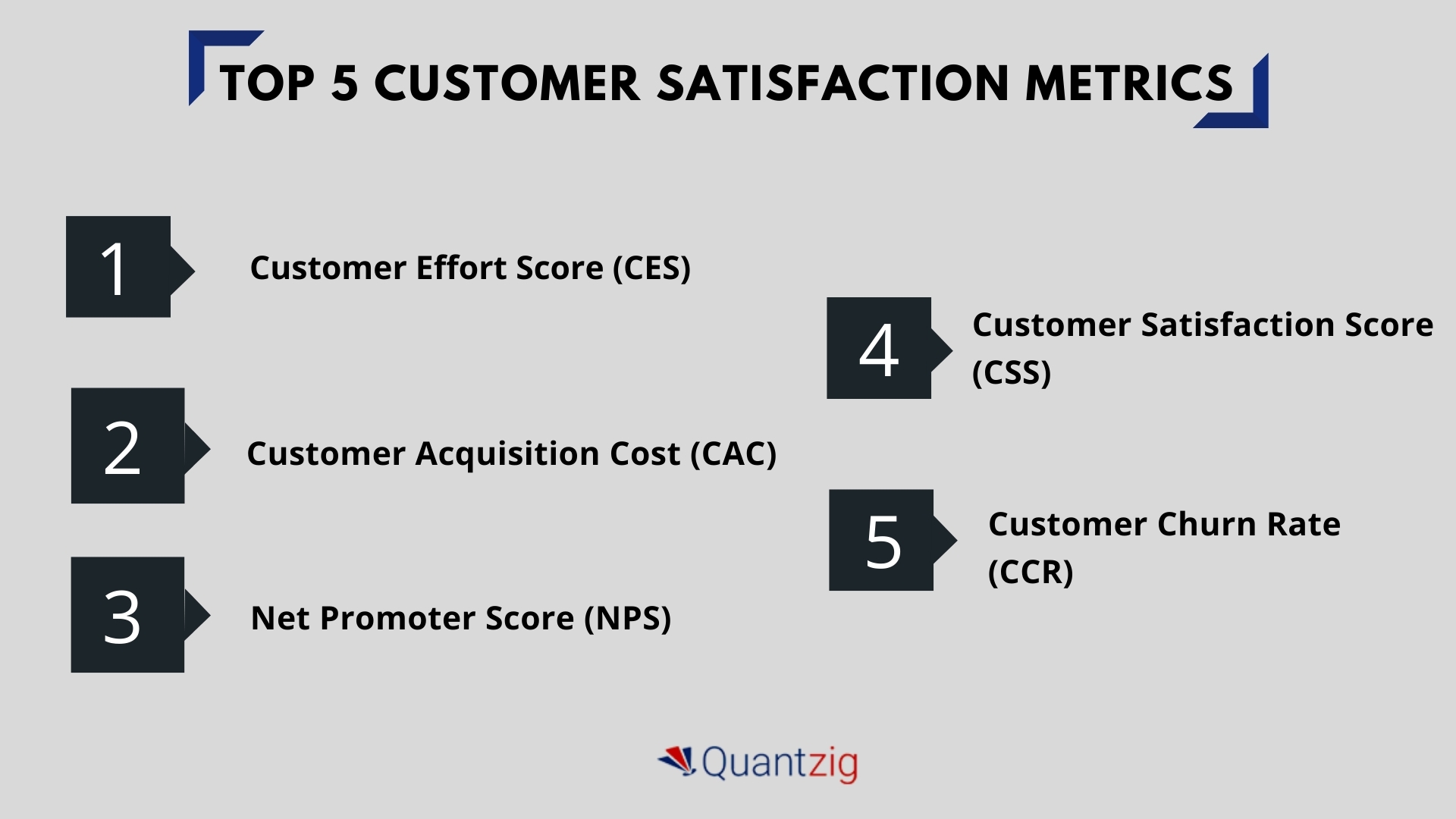
The success of your CRM strategy hinges on team engagement and collaboration. Get your employees on board from the beginning, keep them informed, and educate them about all aspects of your CRM strategy.
By following these meticulously structured steps, you can ensure a seamless CRM strategy implementation, leading to enhanced customer relationships and significant business growth.
CRM Strategy Tricks You Can Implement Today
Three Tasks to Complete Before Crafting Your CRM Strategy
Before selecting CRM software, it’s vital to establish a clear vision of how you intend to use it. This may seem straightforward, but it’s a crucial step worth emphasising.
Implementing CRM software without a defined strategy will yield minimal benefits. Now is the time to focus on strategy. Prior to developing your CRM strategy:
- Outline Your Company’s Goals
- Identify Your Customers
- Understand Your Buyer’s Journey
1. Outline Your Company’s Goals
The first step in developing a CRM strategy is to determine your objectives for the CRM platform.
Consider what you aim to achieve with a CRM system. Your goals might vary significantly, from a local shop seeking a simple customer tracking system to a large, sophisticated international e-commerce operation. Regardless of whether you are a brick-and-mortar store, an online-only business, or a hybrid, clarity on your information usage and the underlying reasons is essential.
For example, a neighbourhood café might want to register customers, monitor return visits, and implement a rewards programme. Conversely, a global e-commerce site might have a complex, multi-step process for courting, retaining, and growing its customer base. The nonprofit National MS Society, for instance, organised its team and crafted a CRM strategy to align with both its business and mission.
2. Identify Your Customers
Understanding your customers or ideal customers is crucial. Whether you develop a detailed customer profile or a general overview of your target audience, knowing specifics about your audience—such as their online habits—enables effective marketing and outreach.
3. Understand Your Buyer’s Journey
Building on the previous point, it’s essential to map out your customer funnel.
Determine whether your target consumer requires multiple touchpoints before making a purchase or if they will convert with a single, personalised discount offer. Additionally, assess whether they respond better to social media advertisements or prefer in-person, one-on-one marketing efforts.
As your customer base expands, you will encounter different buyer journeys for various customer segments. This variation is due to the diverse types of customers who interact with your company in unique ways. For instance, the journey for a retired teacher who prefers in-person interactions and desires comprehensive product knowledge will differ greatly from that of a busy parent of a toddler who needs the product to function seamlessly.
Our Tactical Recommendations
From our experience, marketers who focus on CRM data accuracy see significantly better outcomes in their customer interactions. Ensuring the CRM system is regularly updated and error-free allows teams to act on reliable insights. We also find that investing in automating key workflows within CRM platforms streamlines processes and improves efficiency. Additionally, integrating CRM systems with mobile access is often overlooked, but it is crucial for keeping teams agile and effective in the field.Get In Touch
7 Top CRM Strategies to Boost Your Business
Understanding what a CRM strategy is and why it is important sets the foundation. This section will guide you through creating and executing a successful CRM strategy for your organisation.
Below are seven CRM strategies to maximise your CRM tool and ensure successful CRM strategy implementation.
1. Run a Complete Audit
The initial step is to conduct a comprehensive audit of your business. This involves reviewing both external and internal processes, studying the market, analysing the competition, and conducting a SWOT analysis (an examination of your company’s strengths, weaknesses, opportunities, and threats).
This stage also includes verifying that you have the necessary resources to implement a CRM system, such as available team members for testing and a dedicated training budget.
Allocate time during the audit to create action items and a plan to improve your system. Our templates make it easy to record these items, assign owners, track progress, and communicate efficiently.
2. Outline Your Sales Process
Next, map out your customer journey by identifying the various pipeline stages your prospects pass through. Clearly define the responsibilities of your sales and marketing teams.
Utilise a sales pipeline template to visualise your current business process from the first customer interaction to acquisition. Customise these boards to include as many columns as needed, allowing you to filter and sort by deal size, closure timeframe, and other criteria.
This template provides a bird’s eye view of your existing sales process, helping you understand how a CRM application can optimise your sales funnels.
3. Define Your CRM Goals
After examining your existing processes and data, consider your goals and how you want a CRM system to help achieve them. Establish SMART goals for your CRM team before selecting new software. SMART stands for:
- Specific
- Measurable
- Achievable
- Relevant
- Time-bound
Examples of SMART goals include:
- Achieving 80% customer satisfaction by May 1
- Increasing social media followers by 30% by October 31
- Improving email marketing click rates by 20% by year-end
Use the sales process mapped out in the previous strategy to inform reasonable KPIs and goals.
4. Leverage Data to Improve Productivity
A CRM platform allows you to consolidate customer data collected from various departments, such as marketing, sales, and customer service, and make it accessible from a single dashboard.
Making data available to all departments involved in the CRM process ensures streamlined and transparent communication. This prevents issues like the sales team double-handling data or repeatedly asking customers the same questions.
5. Deliver Personalised Customer Experiences
An effective CRM strategy ensures that all business processes, from marketing to sales to IT, work together in an organised manner. This helps build a comprehensive picture of your potential customers and their needs.
Delivering personalised experiences becomes easier with access to detailed customer and lead data. Personalisation enhances the customer experience, which in turn drives revenue and fosters customer loyalty.
6. Reduce Costs with Automation
CRM systems can significantly reduce time and costs by automating repetitive administrative tasks, such as feeding lead data into your pipeline.
For example, lead capture forms can be set up to automatically sync with your pipeline, eliminating the need for manual data entry. Automating your sales processes allows sales reps to focus on nurturing leads and closing deals, ultimately reducing costs.
Source: Salesforce
7. Track Campaign Performance
Finally, monitor your team’s performance to ensure the CRM solution helps them meet individual targets and the broader goals of your CRM strategy.
Utilise the reporting and analytics features built into most CRMs to track performance. CRM dashboards enable you to analyse successes and areas for improvement, identify opportunities, and experiment with new techniques.
Consistently learning from mistakes, enhancing customer experiences, and optimising sales processes will drive continuous improvement in your CRM strategies.
CRM Strategy Pitfalls
Implementing a CRM strategy can be fraught with challenges. Recognising and addressing these issues is essential for achieving successful outcomes.
Unclear Objectives
Problem: Businesses often falter by not setting specific, measurable goals for their CRM strategy. Without clear targets, it is difficult to evaluate progress and make necessary adjustments.
Solution: Define your CRM strategy’s goals clearly from the start. Whether you aim to enhance customer service, boost sales, or improve marketing, specific objectives are crucial. Regularly revisit and revise these goals to keep them aligned with your overarching business strategy.
Poor Data Quality
Problem: A CRM system is only as good as the data it holds. Data that is inaccurate, duplicated, or incomplete can lead to misguided insights and poor decisions.
Solution: Implement a strong data management plan that includes routine data cleaning, validation, and standardisation. Simplify data entry processes and provide clear guidelines to ensure accurate and complete data input.
Over-Reliance on Technology
Problem: Treating CRM implementation solely as a tech upgrade rather than a comprehensive business transformation can limit its impact.
Solution: Adopt a comprehensive approach that considers people, processes, and technology. Align your CRM strategy with your business objectives and involve stakeholders across departments to address broader organisational needs.
Integration Issues
Problem: A CRM system that does not integrate well with existing systems can create data silos, reducing efficiency and effectiveness.
Solution: Ensure your CRM system integrates seamlessly with your existing IT infrastructure, including email, social media, ERP, and other business tools. This integration provides a unified view of customer data, enhancing decision-making and operational efficiency.
